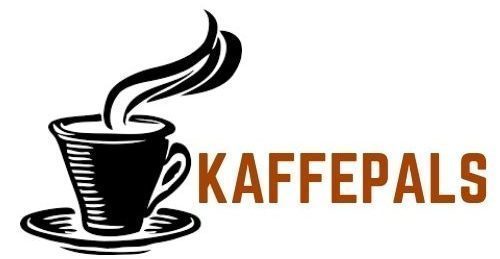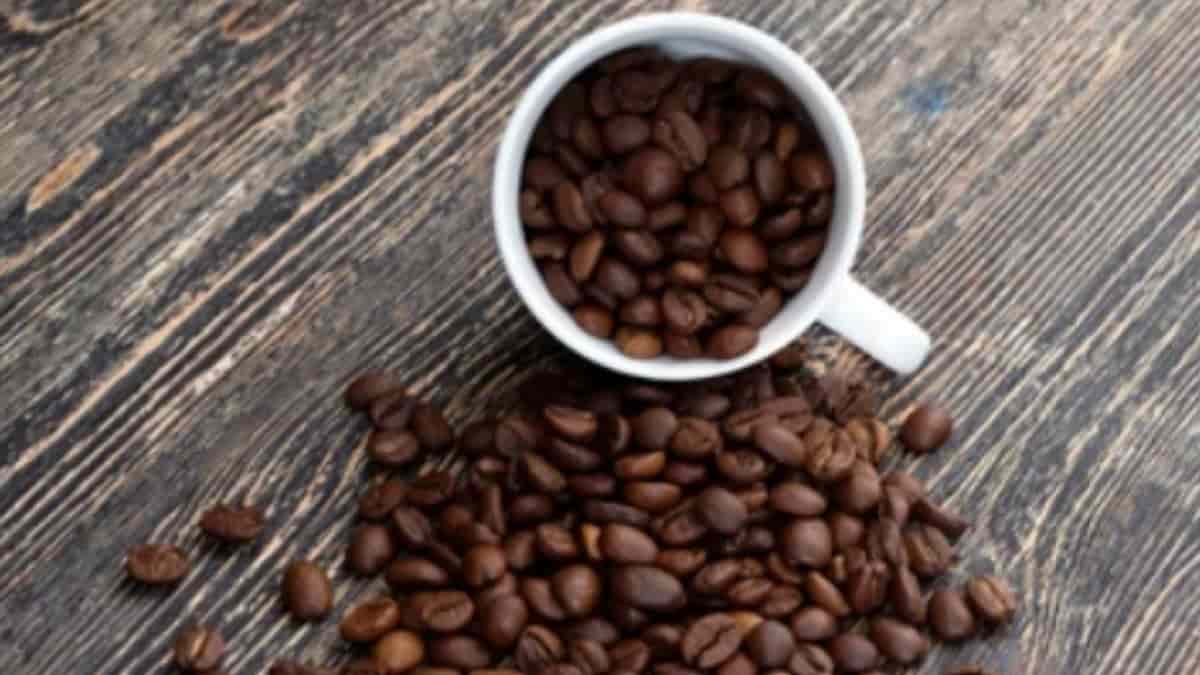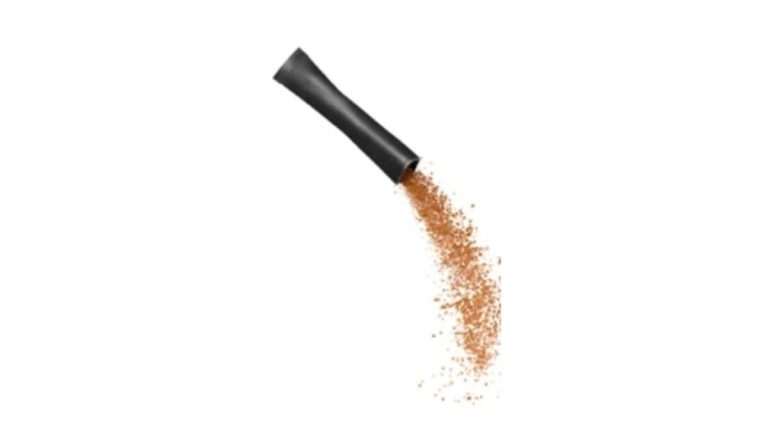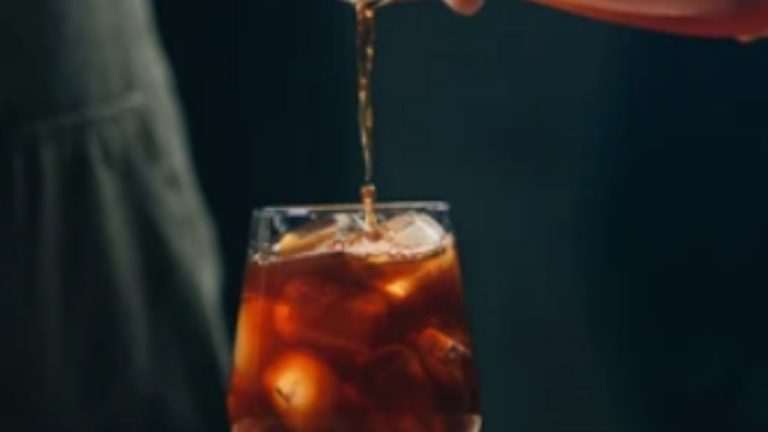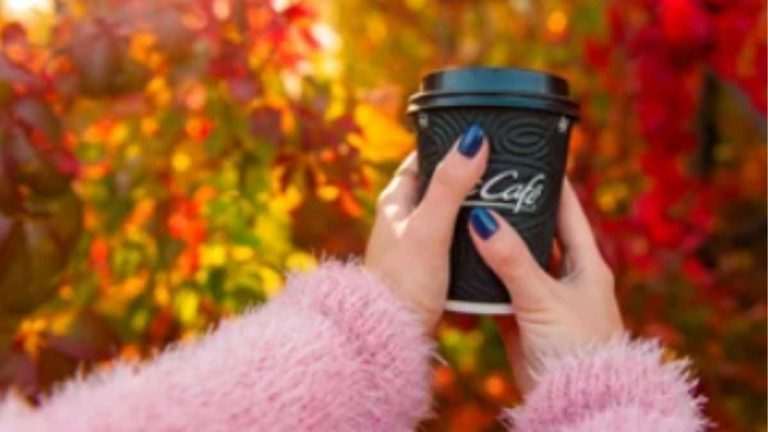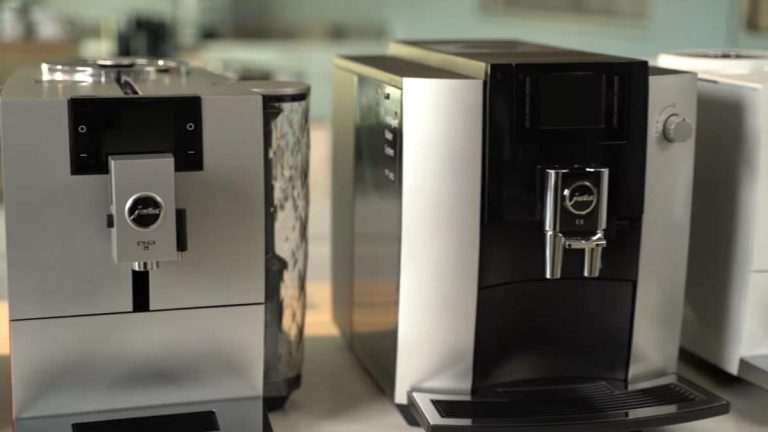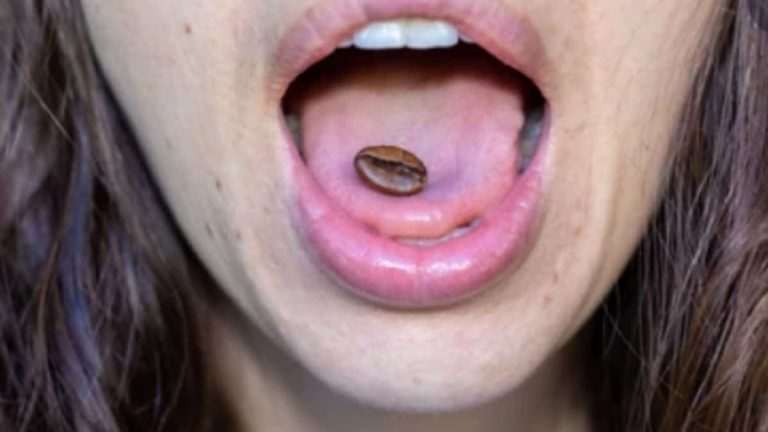How Much Caffeine In Half Caff Coffee?
Coffee is the most popular drink in the world, and it’s no surprise why! It gives you energy, improves your mood, and tastes delicious. Despite the marketing hype, half-caff coffee is not necessarily 50% decaffeinated.
Trying to cut back on caffeine? You might have noticed that some brands of ground or instant coffee offer a “half caff” option. Half caff, sometimes called “semi-decaf,” means that the coffee has been processed to remove only about half the caffeine found in regular coffee beans.
Need a little extra energy? Whether you drink it before your workout or use it to replace a cup of afternoon coffee, half-caff can be a convenient way to get a dose of caffeine without too much of the buzz-killing chemical. But is half caff really half the caffeine? And how does it compare with decaf and caffeinated varieties? We’re passionate about coffee and we’re here to answer all of your questions about what is half-caff coffee and how much caffeine is in half-caff coffee.
What is half-caff coffee?
Table of Contents
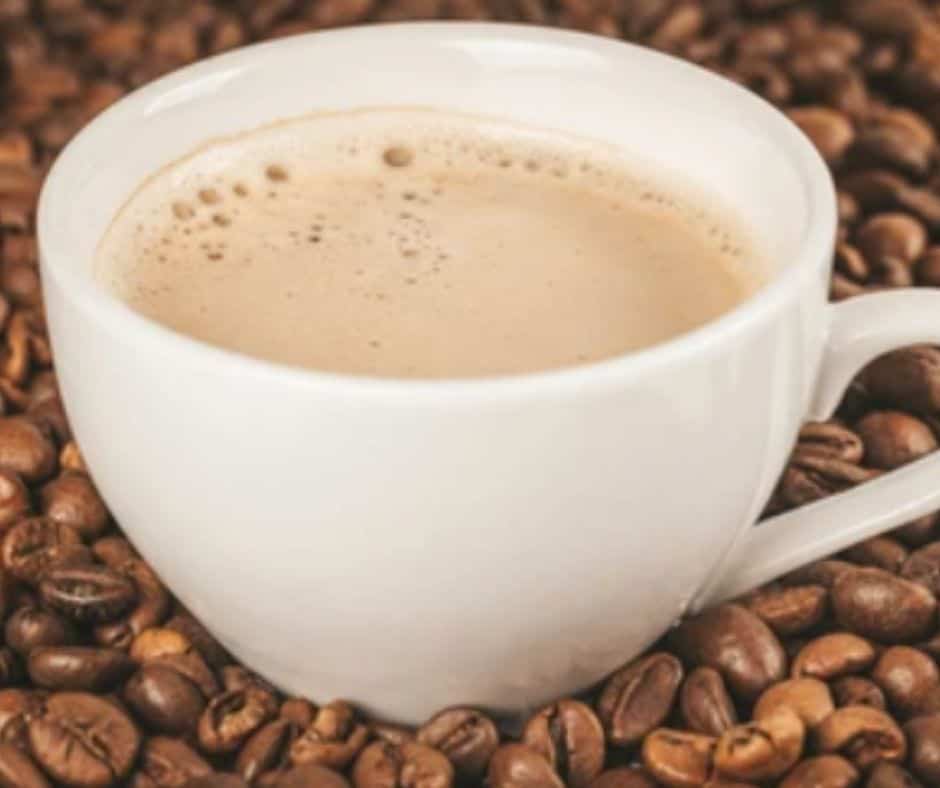
When you go to a coffee shop and ask for a half-caff latte, what exactly are you ordering? And why is it called half-caff in the first place? All good questions that we’ll be looking to answer in this post. Half caf means there are fewer of four things (while making up for them with more of another)
Coffee naturally has caffeine in it, which is a stimulant. Therefore, any type of coffee that is half-caf means that the coffee bean mix was brewed with half caffeine and half decaffeinated portions.
Half caff coffee can be prepared just like regular coffee, with a few notable exceptions. While half-caff is less caffeinated and contains slightly less caffeine than regular coffee, it is still a delicious and nutritious beverage choice. The final decision on which to go with should depend on your own personal taste and preference. After all, what’s most important is not so much how you drink it, but that you enjoy it!
What is caffeine?
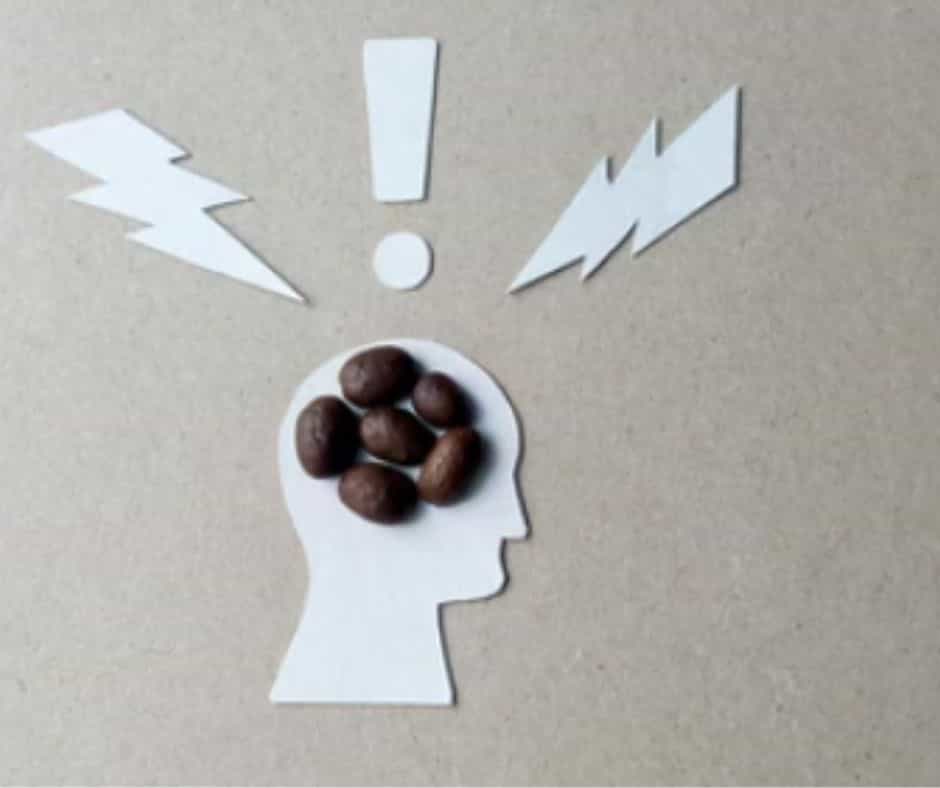
Caffeine is an alkaloid that is a stimulant to the central nervous system. It is found in a number of plants and acts as a natural pesticide that paralyzes and kills certain insects feeding on the plant. The compound for caffeine was first extracted in 1820 by German chemists Friedlieb Ferdinand Runge and Karl Ludwig Reimann from coffee beans. They also coined the term ‘caffeine’.
Caffeine is also produced naturally in the leaves of the tea bush (Camellia sinensis), cocoa tree (Theobroma cacao), and some other plants.
Caffeine can be found in foods and beverages, including coffee beans, tea leaves, cocoa beans, guarana berries, yerba mate, sodas, energy drinks, sports supplements, and pills or tablets containing extracts of these products.
Contrary to its name, caffeine is not a diuretic. Caffeine stimulates the central nervous system, temporarily warding off drowsiness and restoring alertness.
Common side effects of caffeine include increased urination, restlessness, and anxiety. High doses of caffeine can result in irritability, sleeplessness, tremor, and rapid breathing.
How Much Caffeine In Half Caff Coffee?
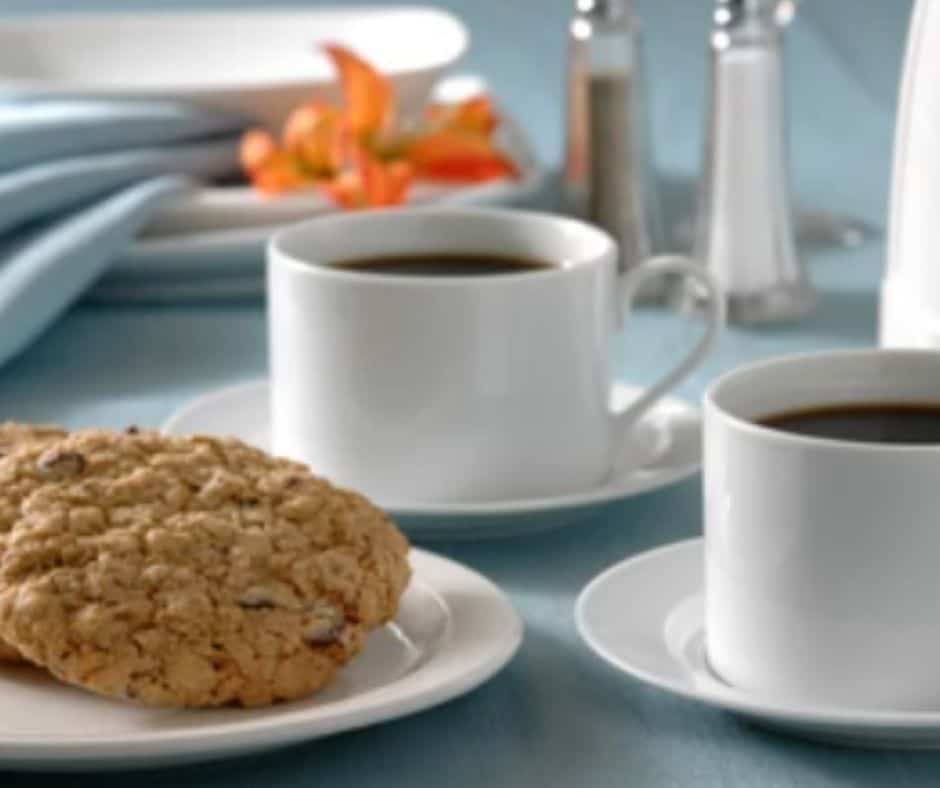
Caffeine is a drug that acts as a stimulant in the body. It is found in many products that are consumed every day, such as coffee, tea, soft drinks, and chocolate.
Tobacco and alcohol also contain caffeine. The average amount of caffeine contained in a caffeinated product is approximately 100 milligrams (mg). One cup of brewed coffee contains about 95 mg of caffeine.
Though the following information is not meant to encourage you to consume large amounts of caffeine, knowing the answer to “How much caffeine is in half-caff coffee?” is important for those who consume high amounts of caffeine on a daily basis.
There is a lot of controversy over how much caffeine is in half-caff coffee, which is why most people who brew their own drinks prefer to use the full caff variety. However, you should know that the amount of caffeine in half-caff coffee is not significantly different from other types of caffeinated beverages.
Treat yourself to a half-caff latte for your next trip to Starbucks and you will get about 14 milligrams of caffeine. That’s not much less than what you would get if you had a mug of tea or a glass of orange juice.
Is Half Caff Really Half The Caffeine?
Caffeine is a drug found naturally in many different plants, including coffee beans and cocoa beans. It’s a stimulant, which means it increases alertness and wakefulness. The amount of caffeine in food and drinks varies significantly. Coffee has less caffeine than tea, while cola contains more caffeine than either (yet another reason to choose iced over cola).
People are often concerned about the amount of caffeine they consume. The general guideline is that more than 400 milligrams (mg) are roughly equivalent to five eight-ounce cups or 20 ounces of coffee. per day is too much for healthy adults; caffeine amounts greater than that can lead to health problems, such as insomnia, nervousness, and stomach upset.
Half Caff
Some people who drink a lot of coffee decide to switch to half-caff coffee at some point. They think that this will cut their caffeine intake by 50 percent — but is it true? Is half-caff really half the caffeine?
The answer is no. But how much caffeine you get from your coffee will vary depending on what type of coffee you drink and how it’s made. There’s a range of potential caffeine levels in both regular and decaf coffees, but the range is larger for regular coffee because it contains more caffeine to start with. One study found the amount of caffeine in.
Is half-caff coffee better for you?
Caffeine is a substance that stimulates the central nervous system. It has a number of physiological effects, such as temporarily heightened alertness, increased blood pressure and heart rate, and metabolic acidosis due to its diuretic properties (the buildup of acid in the tissues due to an increase in urination). Caffeine increases cyclic adenosine monophosphate (cAMP), which is a second messenger used by adenylate cyclase to produce intracellular cAMP concentrations.
The answer depends on how you take your coffee. There are plenty of reasons to go for a lighter roast, including its milder flavor, lower acidity, and the fact that it’s better for the environment. But if you’re counting calories, a lighter roast won’t help you much: According to the Coffee Quality Institute, light roasts have about the same number of calories per cup as dark roasts.
If you’re more concerned with avoiding caffeine than cutting calories, a light roast is definitely an option — it has roughly 20 percent less caffeine than a dark roast**.
Light liquor also has fewer calories than dark (one ounce of 80-proof vodka has 107 calories versus 122 in the same amount of 100-proof varieties), but that doesn’t mean that vodka is a better choice when you’re watching what you eat. Light and regular have about the same number of calories.
The most important thing in coffee is caffeine, which is a stimulant. Espresso has three times as much caffeine as coffee because it’s brewed at a higher pressure and temperature, which produces more of the caffeinated component.
Taste is also important, though. Half caff coffee contains lower concentrations of both caffeine and flavor than regular coffee; if you’re making your own, use a slightly heftier grind to compensate. There are other ways to make a cup of joe healthier: getting decaf (if you’re not sensitive to it), adding milk or half-and-half instead of steaming straight into blackness, and swapping out sugar for sweeteners like agave nectar.
Coffee has some health benefits: It’s linked to lowering the risk of Type 2 diabetes and heart disease as well as boosting mental performance. The caffeine in coffee can reduce anxiety and improve moods, but too much can lead to jitters or insomnia. Coffee does have its downsides, though: It can dehydrate you, and too much may increase your risk for certain cancers.
What is the difference between half-caff and decaf?
A few years ago, a study suggested that drinking half-caf coffee — coffee with half the caffeine — might be better for your health. Many people started switching to half-caf, and some cafes even started advertising their decaf coffees as “half-caff.”
The study turned out to have some flaws, and other studies haven’t found the same result. So should you switch back to regular? Or is it really true that caffeinated and decaf are basically identical?
The short answer is: It depends on what kind of coffee you’re drinking.
A lot of people think half-caff coffee is healthier, but that’s not true. Regular and decaff coffee has the same amount of caffeine (about 100-120mg per cup). The difference between the two is that decaf coffee has a higher concentration of caffeine because the beans have more caffeine than regular beans.
Telling which type of coffee you’re getting can be complicated.
The amount of caffeine in your coffee depends on a few factors:
The type of bean: Arabica beans have less caffeine than Robusta beans, and Robusta beans have less caffeine than decaf Arabica beans.
How the bean is roasted: The longer it’s roasted, the darker the bean gets and the more caffeine it loses. This is why espresso has the highest concentration of caffeine — it’s been roasted the longest to produce a dark, oily result.
What grind you use: Finely ground coffee absorbs water faster than coarsely ground coffee, which means it releases its flavor to your taste buds faster, which also means it releases its caffeine faster. So an espresso grind will give you more caffeine than a French press grind will.
Does half caff coffee have less acid?
Coffee is a popular beverage that contains caffeine and people drink it for different reasons. Some people drink it to wake up, others drink it because they enjoy the taste.
Taste is a matter of personal preference, but when you buy coffee there are two things to consider: flavor and caffeine content. Caffeine content can be found in the nutritional facts, but what about acid content?
The short answer is no, half caff and decaf coffee have the same level of acid. However, drinking any type of coffee can lead to other health benefits, including preventing cancer.
Tannins are the acids in coffee that give it its bitter taste. They’re also what gives coffee its health benefits. The darker the roast, the more tannins are in the bean (and thus in your cup). Decaf doesn’t get rid of tannins; it just removes the caffeine. So if you want to get all the flavor of a dark roast without all of the caffeine, you can try a milder roast or a blend that includes some espresso.
The acidic nature of coffee isn’t necessarily bad for your body. It may even reduce risk factors for certain diseases, including diabetes and Alzheimer’s disease, though more research is needed to come to an absolute conclusion about that. Coffee is also thought to protect against liver disease, certain types of cancer, and heart disease. If you have trouble sleeping, try drinking coffee earlier in the day — not late at night — so you don’t have trouble unwinding before bedtime.
How much caffeine does Green Mountain half-caff have?
Green Mountain Coffee Roasters is the leading producer of specialty coffee in the United States. They produce a full line of coffees and teas, including flavored blends, organic coffees, and Fair Trade Certified coffees. Their best-known product is probably their K-Cup portion packs. They also sell ground coffee and single-cup brewing systems.
Taste
Green Mountain coffee comes in a variety of flavors and roasts. Most of their coffee is medium roasted and darker than average, but they also offer lighter roasts, like their popular Breakfast Blend. The company cites its commitment to quality as one reason customers return to them time after time. However, some reviewers say that Green Mountain coffee is too bitter for their taste.
Prices
Green Mountain coffee can be found at most grocery stores and convenience stores. Prices vary by flavor and location, but on average most people find it to be slightly more expensive than other brands. Some people think the price is worth it for the superior taste and quality of this brand’s products.
Green Mountain Coffee is a great coffee company, they have many different products to choose from. Some of their most popular products are the K Cups and Keurig. Many people who drink Green Mountain Coffee do not realize how much caffeine they actually consume in their daily life, so the following information will help you understand what you are drinking and how much caffeine you are consuming each day.
The amount of caffeine in coffee is actually quite high, depending on the brewing method and the type of product that you buy there is a question about how much caffeine is in your favorite cup of Joe.
Green Mountain half caff has approximately 118 mg per cup, which means that there is approximately 218 mg of caffeine per k-cup. The amount of caffeine in each k-cup may vary slightly due to the fact that the company does not disclose all of the ingredients that go into making their products. They do however disclose all of their ingredients on their website which makes it easy for consumers to make a decision on whether or not they would like to purchase a certain product based on how much caffeine they want to consume in one day.
Green Mountain also has some steep competition when it comes to companies like Starbucks and Timothy
What is the difference between half caff and decaf?
Some people are still confused about decaf coffee. What is the difference between half caff and decaf? Is the decaffeination process organic?
Decaf coffee and non-decaf coffee have equal caffeine content. The only difference between them is that the decaf beans are processed from the same beans that normal coffee beans are processed from.
The beans are harvested from a tree called Coffea Arabica. After they are harvested, they go through a process called “Wet Processing.” In this process, all coffee beans are soaked and cleaned, then dried in the sun. After that, they will be sorted by hand to remove any defect, such as bugs and mold. Then these clean beans will go through a roasting process.
After roasting, some of the natural caffeine will be removed. This is where you get your caffeinated or decaffeinated coffee. In order to get pure decaffeinated beans, it needs to go through a second roasting process in order to remove more of the caffeine naturally occurring in the bean.
This means that non-decaf and decaf have equal amounts of caffeine after processing has been completed on both types of beans. The only difference between them is how much caffeine was removed from each type during processing
